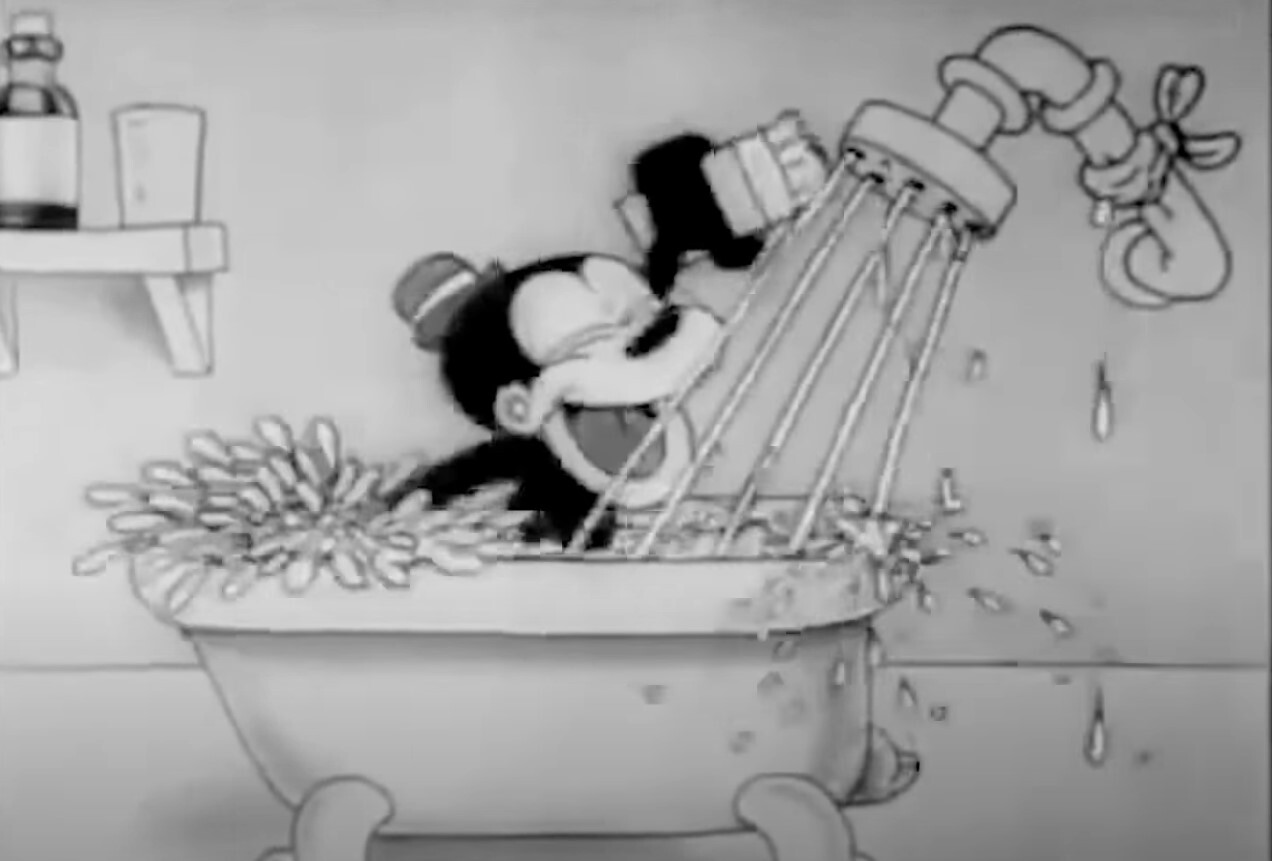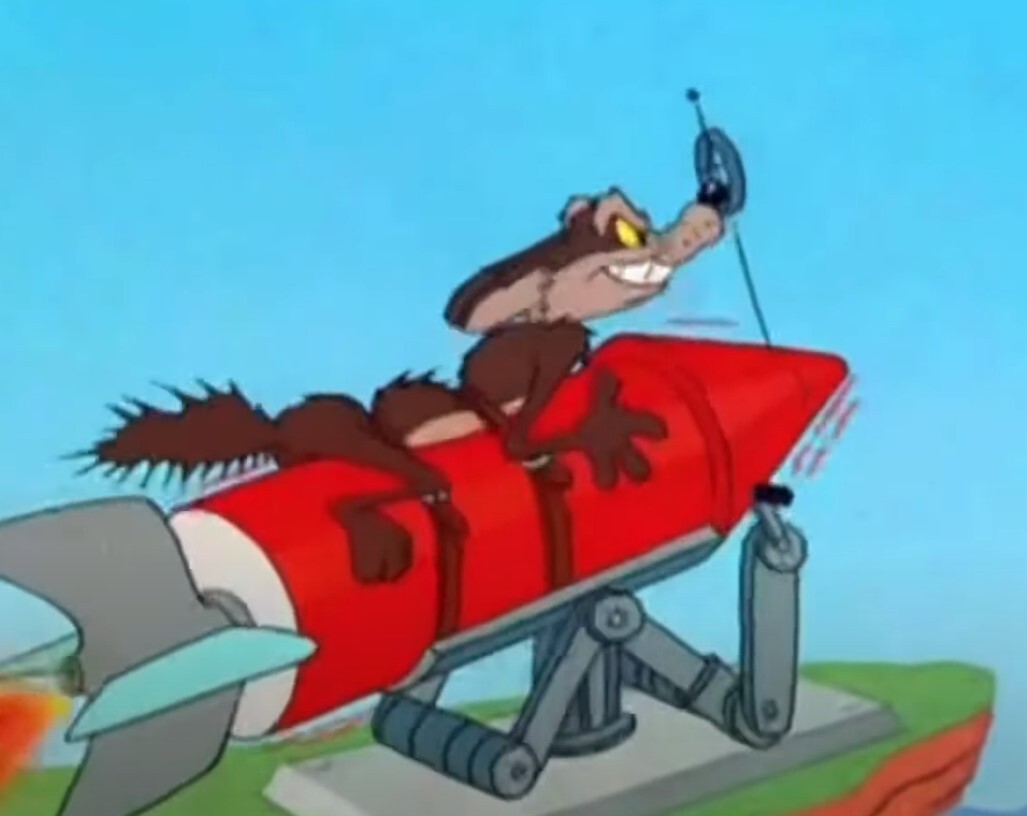A Timeline Of The Looney Tunes Cast

Media, especially as it ages, is subject to fickle and changing tastes. Though some films remain in the lexicon as cultural classics, many more exist gathering dust, remembered mostly through nostalgia and as touchstones of a certain age. In the world of animation, however, two juggernauts have remained relevant to this very day as more than just artifacts of the past but with catalogues that are beloved anew by each new batch of kids that our population continues to pop out.
I’m talking about Disney and Warner Brothers, more specifically Looney Tunes with regard to the latter. Looney Tunes, in some ways to me, is even more impressive in how well it’s held up, with it occupying the realm of comedy. Between comedy and drama, one tends to age a whole lot more gracefully. Outside of a few less-than-sensitive racial tropes that have joined Song Of The South in the oopsie vault, even the original Looney Tunes could easily jump into an after-school cartoon rotation today.
Don't Miss
Even today, the Looney Tunes cast is everywhere, from reboots of Space Jam to airbrushed and bedazzled boardwalk t-shirts. Not bad for a bunch of animated shorts dating to the Second World War. But how and when exactly was this roster built? The Tune Squad’s age and order of entry might surprise you. Let’s look at each member’s induction.
Hello… Bosko?

Warner Bros
Don’t tell me you don’t remember Bosko! I’m kidding, of course. Although technically the first established Tune, created by Rudolf Ising and Hugh Harman, Bosko is now a casualty of history. He was the star of Sinkin’ In The Bathtub, and though well-received, is usually considered to be a fairly blatant Disney rip-off.
Bye Bye Bosko
Bosko officially and legally left the Looney Tune library in 1933, when Ising and Harman would leave Warner Brothers over contract disputes and defect to MGM. The vacuum they left at Warner Brothers would open up opportunities for a series of future animation heavyweights like Tex Avery and Friz Freleng.
Porky Pig’s First Appearance

Warner Bros
In 1935, with the short I Haven’t Got A Hat, the world got its first taste of a future star, and it wasn’t who you might think. Given his role nowadays, you might think that Bugs Bunny was the Ur-Toon, but it was actually Porky Pig. Sharing the screen with a less promising character in Beans the Cat was Porky, in his first ever appearance. Another fun fact: Porky’s original voice actor had a genuine stutter, which resulted in such long recording times for voice-over that the studio replaced him with a talented voice actor by the name of Mel Blanc. He would do pretty well for himself.
Daffy’s Big Debut

Warner Bros
In 1937, the next member of the modern main cast would show up, and AGAIN, we’re not talking about Bugs. In fact, it would be Daffy Duck that would be next to appear, as the planned prey in Porky’s Duck Hunt. The fact that Daffy came out before Bugs but is firmly second fiddle honestly only feels more perfect with how their relationship evolved.
What’s Up, Doc

Warner Bros
It would take until 1940, a time when people certainly were in need of some light-hearted slapstick, for the now-ringleader of sorts, Bugs Bunny, to show up. He made his debut, voiced, of course, as almost all the characters would be going forward, by Mel Blanc in A Wild Hare. His antagonist in the short was a familiar-looking hunter called, at the time, Egghead, but would achieve much more recognition under the name Elmer Fudd.
Meet Tweety

Warner Bros
In 1942, A Tale Of Two Kitties was released, and is vastly better than the god-awful Garfield movie of the same name. The star of the short was Tweety Bird, though her later nemesis Sylvester was replaced by the titular two kitties, who were painfully named Babbit and Catstello.
Bonjour, Mon Ami

Warner Bros
The toon who perhaps remains the least pleasant reminder of old humor, the french skunk with a questionable grasp on consent, Pepe le Pew. He made his first appearance in Odor-able Kitty, as “Henri”, pursuing, as always, a cat with an unfortunate paint job. Such would be the beginning of his reign of terror over any feline unlucky enough to get tagged by a street painter.
Sylvester Suffers His First Succotash

Warner Bros
The second of three iconic characters to clock in in 1945, in Life With Feathers we’re finally introduced to Sylvester the Cat. Strangely, though, he hasn’t yet been cemented as Tweety’s eternal foe of legend. Instead, in this one, he’s dealing with a… suicidal bird who’s constantly trying to get Sylvester to eat him. If only his other hunts were this easy.
Yosemite Sam Lights Up The Screen

Warner Bros
Also in 1945 we met the rootinest, tootinest, least accurate cowboy in the west, Yosemite Sam. Actually based on the red hair and short temper of director Friz Freleng, he kicked open the figurative saloon doors with an appearance in Hare Trigger. A furious cowboy combined with the mischief of Bugs proved to be a recipe for success, and Freleng himself loved the character, directing many of Sam’s future escapades.
Foghorn Leghorn Is Born

Warner Bros
1946 saw a favorite of cartoon fans and impressionists alike in Foghorn Leghorn in Walky Talky Hawky. Though maybe not quite as much of a household name as Bugs or Daffy, Leghorn does claim one of the most delightful voices of the whole crew.
Marvin The Martian’s Arrival

Warner Bros
At this point, a new director has begun to make his mark on Looney Tunes and Merrie Melodies (a distinction that at one point referred to more musical cartoons but now has become mostly interchangeable.) This director is Chuck Jones, a titan and luminary in his own right. With 1948’s Haredevil Hare, a personal favorite, we’re introduced to Marvin the Martian and the first of his many Space Modulators.
Wile E. Coyote Starts Scheming

Warner Bros
In 1949, Chuck Jones would invent perhaps his most enduring duo: Wile E. Coyote and Roadrunner. The two’s rivalry for the ages would first appear in a short with a name that somehow remains more relevant than ever: Fast And Furry-ous. At this point, the endless fighting of Wile E. Coyote and Roadrunner might be a more recognizable reference for ancient animosity than Cain and Abel.
Granny Joins The Family

Warner Bros
Though admittedly still a bit of a B-lister in my eyes as far as Looney Tunes goes, Granny made it into Space Jam, so I’d feel remiss not including her here. Let’s just not talk about that mega-cringe Matrix reference from the reboot. She joins the Sylvester-Tweety smackdown in Canary Row.
Bienvenidos, Speedy Gonzales

Warner Bros
Look, a tiny mouse in a big hat is basically a guaranteed recipe for success. Give that little guy a cute catchphrase and basically superpowers and you’ve got a character for the ages. Unfortunately, unsurprisingly for the year 1953, Speedy’s first appearance was a little… unkind in its portrayal. Which is saying a lot when the final version is wearing a huge sombrero. For that reason you might find your collar a little tight when watching his debut, Cat-tails for Two.
Taz Enters The Rotation

Warner Bros
In 1954, Bugs would go on a tropical trip in the cartoon Devil May Hare, and would run into a Looney Tune that, though late to the party, would become maybe one of the most beloved of all, especially when it comes to bootleg t-shirts: Taz, the Tasmanian Devil. The dust-cloud-causing, middling-to-decent-video-game-having, tornado of a toon would be here to stay, and would forever cause children to have no idea what an actual Tasmanian Devil looks like.
Top Image: Public Domain/Warner Bros